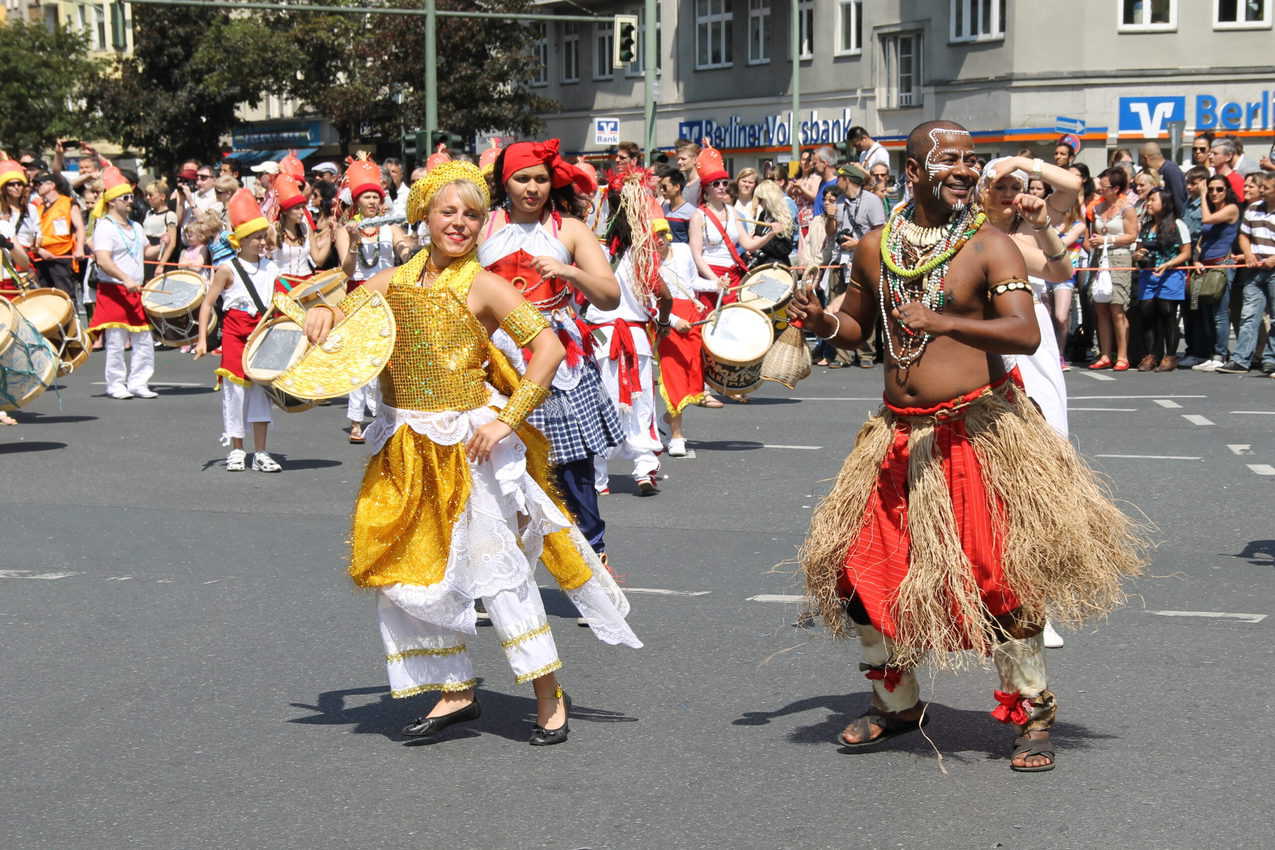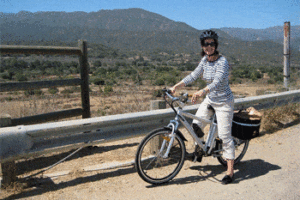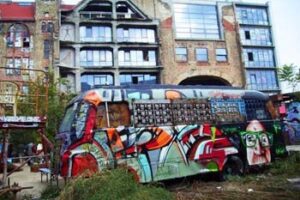
Sustainability is Big in Berlin Right Now
By Christopher Elliott
Senior Writer

You can talk all you want about sustainability and tourism, but at the Lulu Guldsmeden Hotel in Berlin, you can do something about it.
The Lulu Guldsmeden Hotel is among Berlin’s most sustainable properties — something you’re constantly reminded of when you visit.
But the one thing that will stop you in your tracks is the sign at the breakfast buffet.
It lists yesterday’s food waste per visitor.
And it works, says general manager Nick Zilinski.
“Our guests read the notice and pay attention to the waste,” he says. “You can see a change in their behavior.”
Visitors to Berlin are “very interested” in sustainability

The German capital has taken sustainability seriously for years, long before it became a tourism buzzword.
In 2017, it adopted a plan to develop diverse attractions and promote sustainable tourism. Since then, the city has won awards for its sustainability program and mentored other cities in their sustainability efforts.
Luisa Mentz, the sustainability manager for Visit Berlin, says the first visitors who were interested in sustainability were people who came to the city for meetings or on incentive trips — and it was their travel manager asking. Being green was one item on a checklist.

But Lately, that has Changed.
Some visitors are now looking for a more sustainable vacation experience, and they are doing their due diligence before they plan a trip. They’re checking a destination’s green credentials. They’re reviewing their sustainability plans. And they’re planning greener activities, like cycling or urban hikes.
“There are groups out there, and they are very interested in sustainability,” she says. “One of the things we’re trying to do is reach them with our message.”

One of the beneficiaries of Berlin’s sustainability initiatives is the Lulu Guldsmeden, which is part of a boutique hotel chain.
Zilinski, the general manager of the Guldsmeden in Berlin, says the idea is to set an example for guests and other hotels about how sustainable they can be. The hotel does all the things you’d suspect a green property to do. It recycles food waste, sources its products locally, and eliminates single-use plastics.
But it goes further by constantly reminding its guests that they bear some responsibility. One standout is a sign that greets all guests who are checking in, a reminder of what a sustainable tourist should do. That includes eating local, using biodegradable products and recycling.
This may seem like common sense, but in travel, almost none of the responsibility for sustainability has been formally assigned to the traveler — until now. And it’s happening in an unlikely place. Berlin has made giant strides from a divided and somewhat dreary Cold War city, to an enormous construction site in the late 90s, to one of the greenest capitals in Europe.

Urban Gardens are Thriving in Berlin
Berlin is a forward-looking city, with sustainability showcases around every corner and even a museum dedicated to sustainability.
Inés Lauber, a tour guide who specializes in Berlin’s urban gardens, says the city faced a difficult decision after reunification almost 30 years ago. Should it hand over the empty spaces to developers? Or should it preserve some of them as parks and green spaces?
And while many of the open spaces were developed for the capital, remarkably, some of those spaces have survived. One of the largest is the former Tempelhof Airport, where a new community urban called Allmende Kontor is growing between the now-abandoned runways.

“People are coming together as a community, and these gardens have become a community project more than anything,” she says. “They are sustainable, but people are growing food here and harvesting it.”
On a recent summer afternoon, the harvest is plentiful. There are peppers, squash, and mint sprouting up in tidy rows, and green tomatoes that are beginning to ripen. And growing in the wild, bushes are bending under the weight of blackberries. It’s not what you would expect to see in Berlin, but it is very much a part of the city’s sustainability picture.

What’s the future of sustainability in Berlin?
Berlin is one of only a handful of major cities with a museum of the future, called the Futurium.
It’s a relatively new museum concept that challenges visitors to look into the future instead of the past, and sustainability is at the center of this institution.
“We look at different approaches as to how the future could be shaped,” says Stefan Brandt, the museum’s director.
At the Futurium, that can include art exhibits such as the one that shows the relationship between the environment and people via interconnecting threads. It could be an exhibit with robots who are interacting with each other. Or it could be a display that illustrates a path from an unsustainable future to a sustainable one.
One remarkable thing about the Futurium is that it has open spaces where museum guests can sit and discuss what they’ve seen, perhaps coming up with new ideas for solving the world’s future problems.
Find Sustainability at Futurium
For visitors to Berlin, the Futurium is a necessary stop. In a city where guests are often so fixated on the past, looking to the next thing is a contrarian experience. Berlin hopes you will find sustainability there.
- Germany’s Green Vacations: Berlin’s Sustainable Tourism - September 7, 2024
- New Airline Rules Better Protect Flyers with Refunds - May 30, 2024
- Is Tipping Done in the United States? - May 14, 2024





